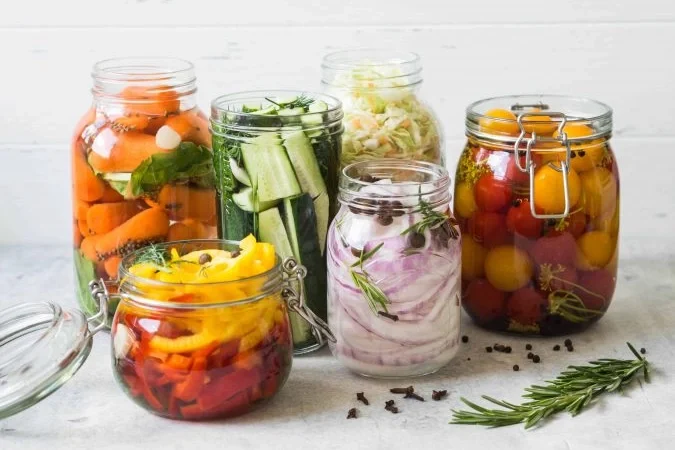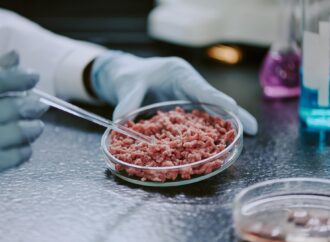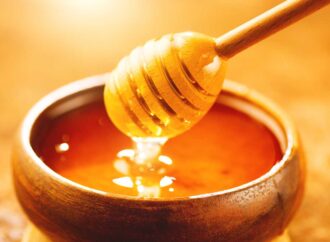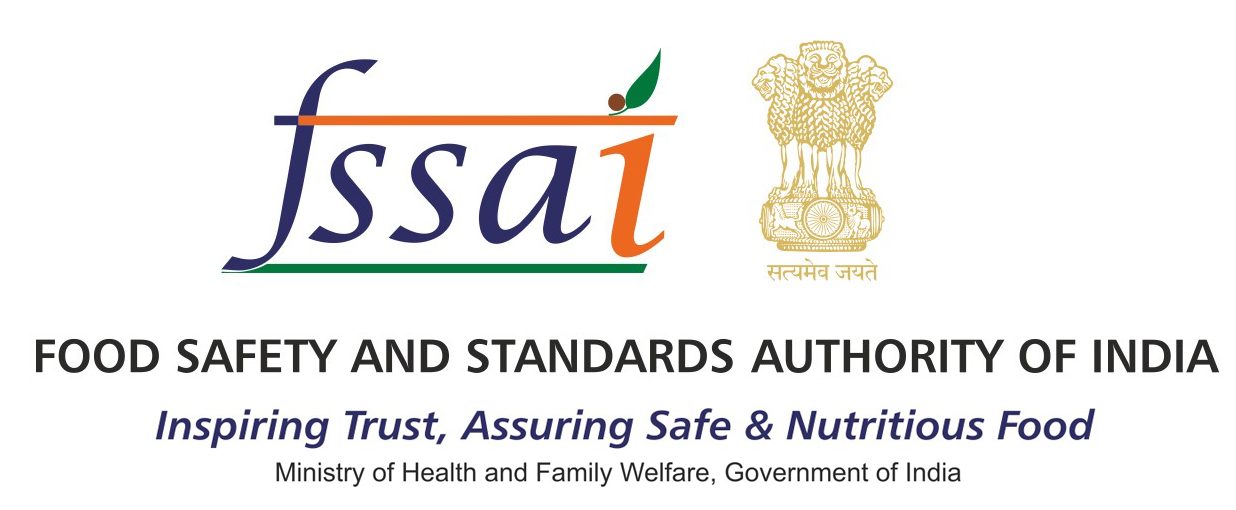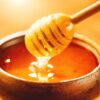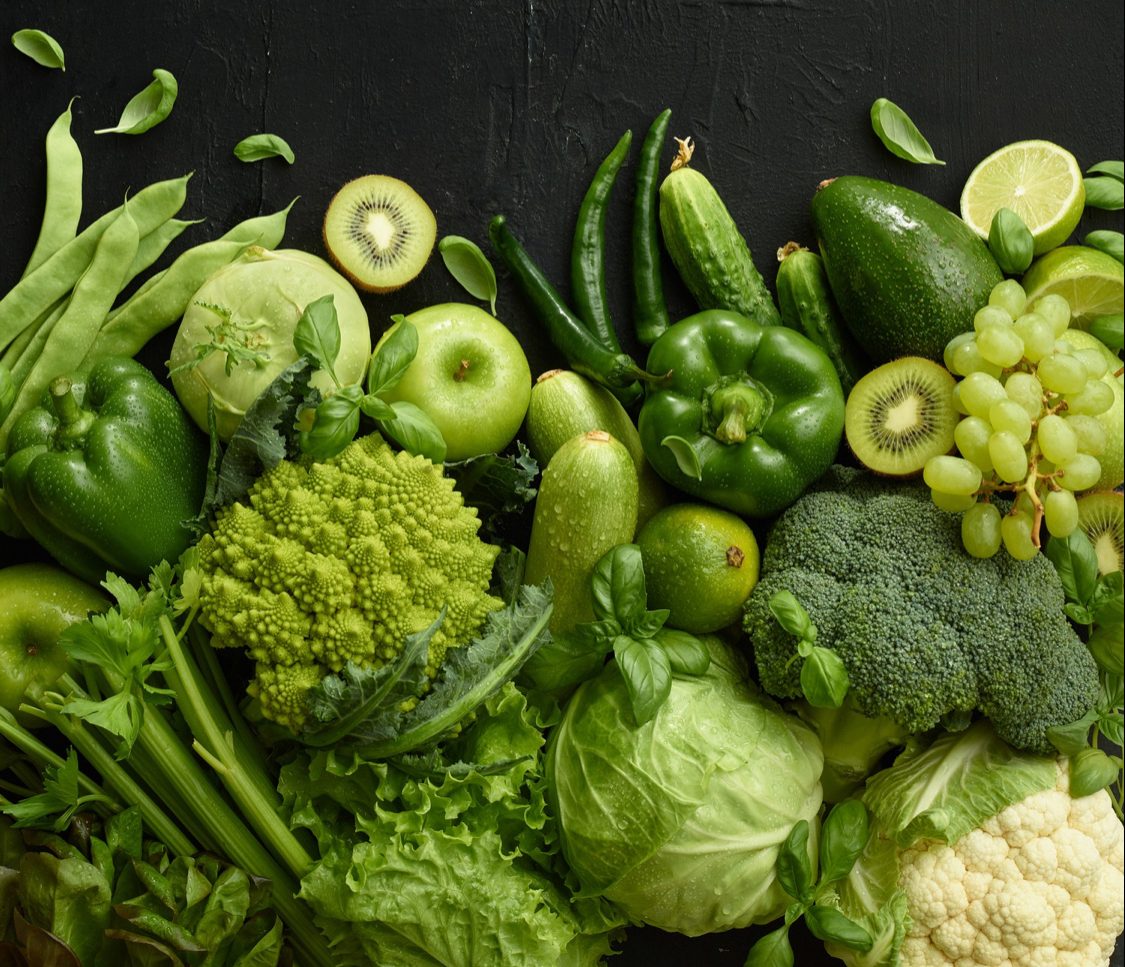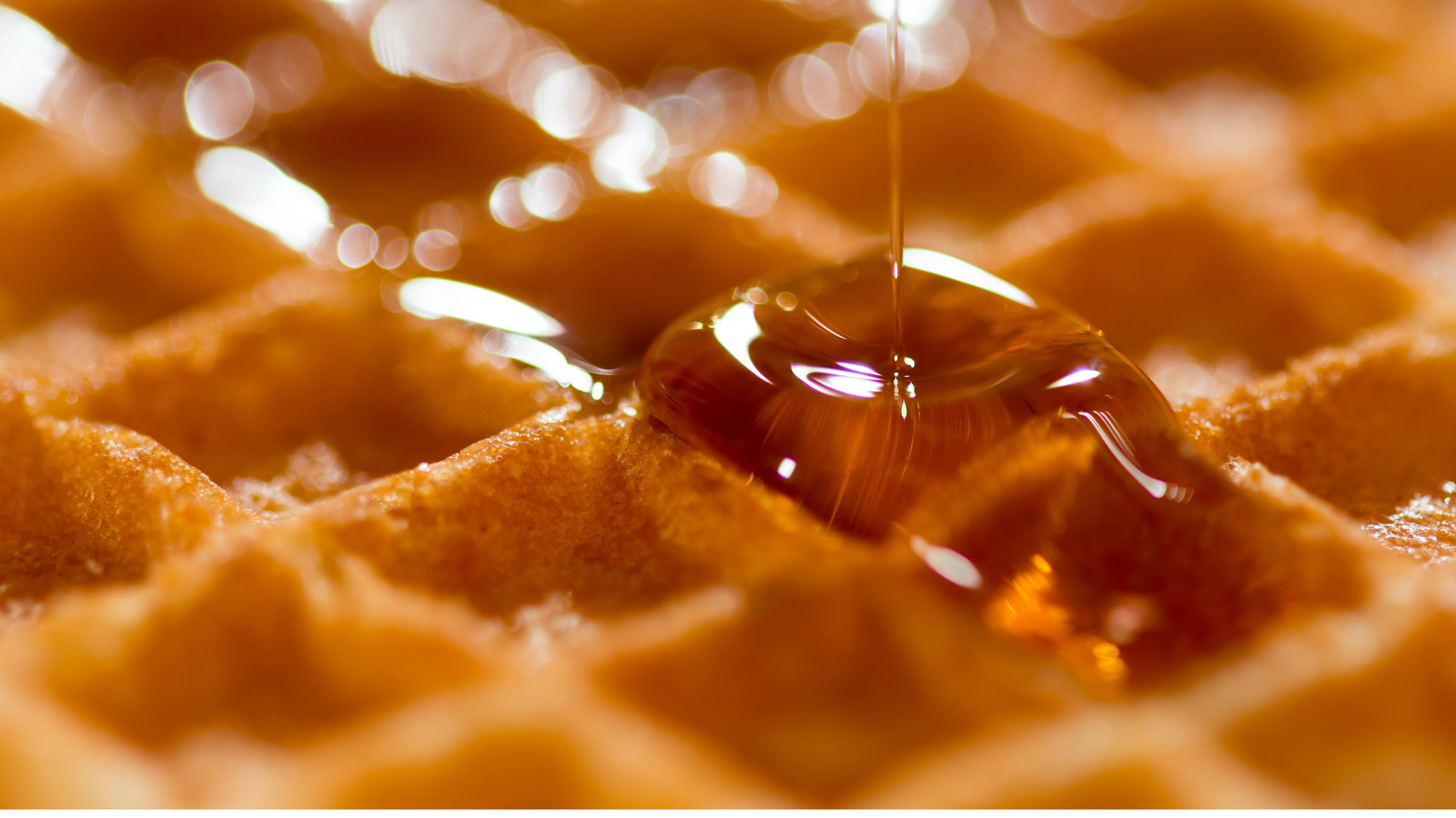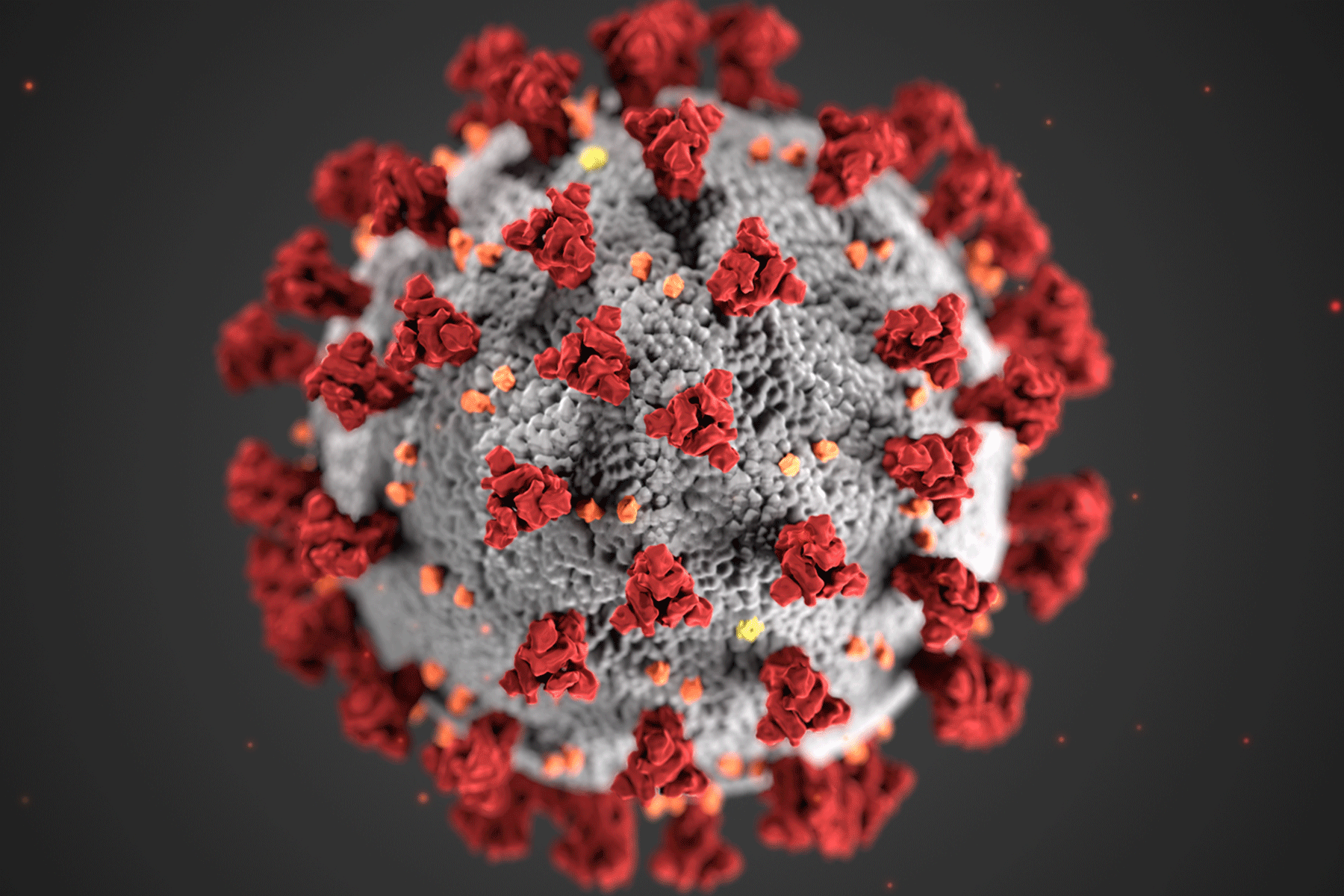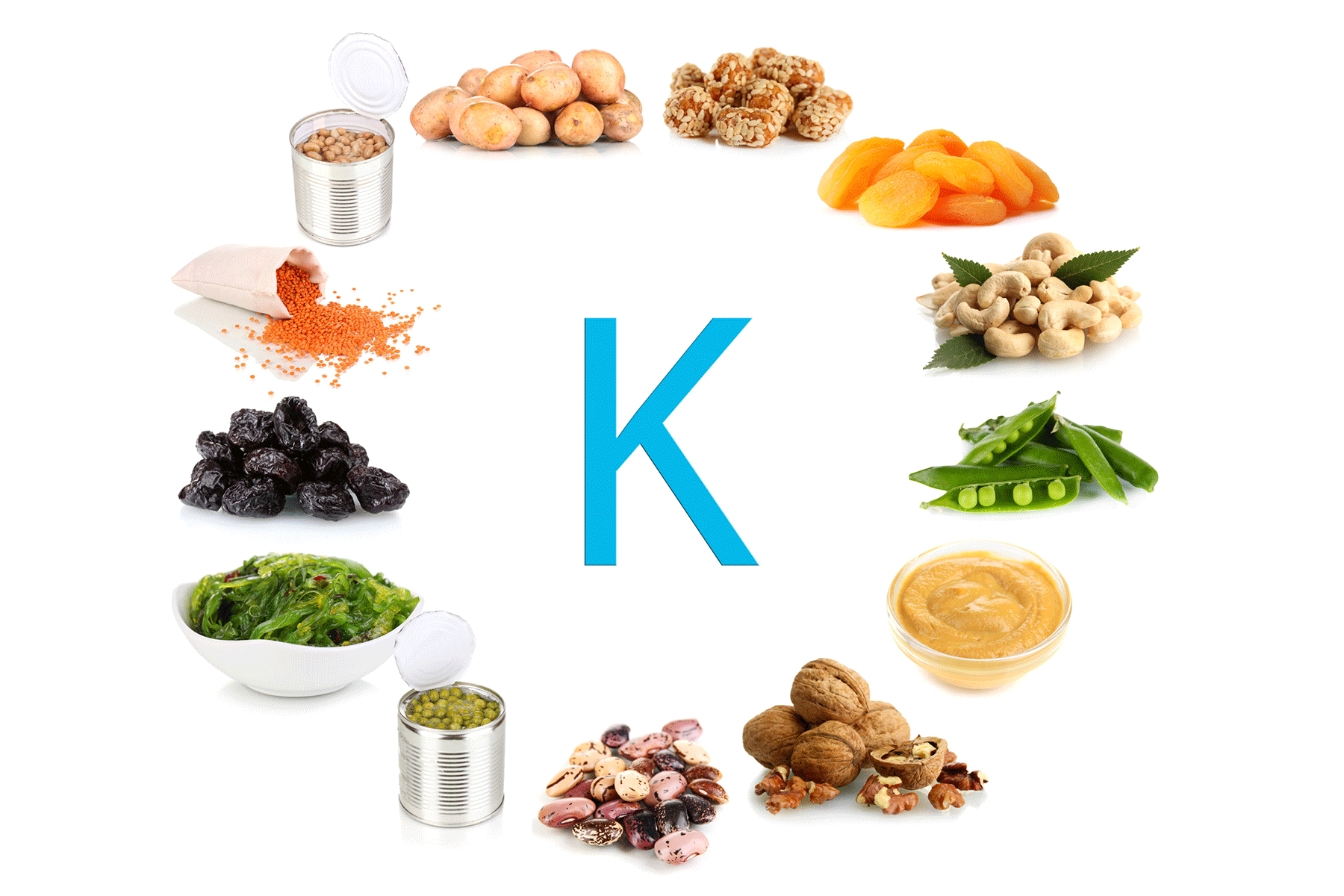Food preservation ensures the safety, quality, and longevity of food products, with chemical preservatives being one of the most common methods used. These preservatives play a crucial role in slowing down spoilage caused by microorganisms and chemical reactions, thereby extending the shelf life of foods. They also maintain the flavour, texture, and nutritional value of products, protecting them from harmful pathogens. However, while they offer several benefits, the use of chemical preservatives also raises health concerns, especially regarding potential allergic reactions and other long-term effects. Understanding these preservatives’ roles and risks is essential for both consumers and manufacturers.
What Are Chemical Preservatives?
Chemical preservatives refer to substances added to food to prevent or slow spoilage, thereby extending its shelf life. Regulatory bodies like the Food and Drug Administration (FDA) and the European Food Safety Authority (EFSA) recognize them as generally safe (GRAS). Chemical preservatives may be natural or synthetic and help control microbial activity, prevent oxidation, and preserve the overall quality of food.
Chemical preservatives function in various ways. Some disrupt the cell walls of microorganisms, inhibit their growth, or prevent the enzymatic reactions that lead to food degradation. Their main role is to prevent bacteria, moulds, and yeasts from causing foodborne illnesses and spoilage. Some preservatives also stop undesirable changes in flavour, colour, and texture that occur due to exposure to air, light, or temperature over time.
Methods of Chemical Preservation
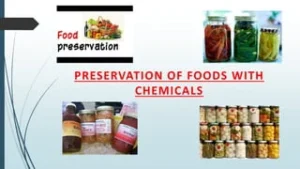
Producers, processors, packagers, and storage facilities introduce chemical preservatives into food. These preservatives may be directly added to the food, migrate from packaging materials, or form through chemical reactions within the food itself. Chemical preservatives may also appear as residues from pesticides, herbicides, and fungicides used in agriculture, or from disinfectants used on food processing equipment.
Chemical preservatives generally fall into three categories: antimicrobial preservatives, antioxidants, and acidulants. Each category serves a distinct function, protecting food from different forms of deterioration.
1. Antimicrobial Preservatives
Antimicrobial preservatives prevent or inhibit the growth of bacteria, yeasts, and moulds. Common antimicrobial preservatives include:
- Sorbic Acid and Sorbates: Producers commonly use sorbic acid and its salts (like sodium and potassium sorbate) in cheese, baked goods, wine, and dried fruits. These preservatives effectively control moulds and yeasts but are less effective against bacteria.
- Benzoic Acid and Benzoates: Manufacturers use sodium benzoate in products like jams, pickles, carbonated drinks, and salad dressings. Benzoates work well against moulds, yeasts, and certain bacteria.
- Sulfur Dioxide and Sulfites: Sulfur dioxide and derivatives such as sodium bisulfite and potassium metabisulfite preserve wines, dried fruits, and some vegetables by preventing spoilage from moulds and yeasts, as well as preventing browning in fruits.
- Nitrites and Nitrates: Producers use sodium nitrite primarily in cured meats like bacon and sausages. It helps preserve the colour, flavour, and safety of meat products by preventing the growth of Clostridium botulinum, the bacterium that causes botulism.
2. Antioxidants
Oxidation causes the deterioration of food, especially fats, oils, and lipids, leading to rancidity, flavour loss, and nutritional degradation. Antioxidants prevent oxidation by neutralizing the free radicals involved in the process or delaying its onset.
Food producers commonly use the following antioxidants:
- Ascorbic Acid (Vitamin C): Manufacturers use ascorbic acid to prevent oxidation in fruit juices, jams, and pickles. This effective antioxidant maintains food colour and nutritional value.
- Butylated HydroxyToluene (BHT) and Butylated HydroxyAnisole (BHA): These synthetic antioxidants preserve fats, oils, and processed foods by preventing oxidative spoilage and preserving flavour and texture in fatty foods like chips, cereal, and baked goods.
- Tocopherols (Vitamin E): Vitamin E, found naturally in oils, nuts, and seeds, preserves vegetable oils and cereals by preventing rancidity.
3. Acidulants
Acidulants lower the pH of food, creating an acidic environment that inhibits the growth of harmful microorganisms. Manufacturers often use acidulants alongside other preservatives to enhance their effects.
Common acidulants include:
- Citric Acid: Found naturally in citrus fruits, citric acid is widely used in beverages, jams, and jellies. It maintains acidity levels, preventing bacterial growth and preserving food quality.
- Lactic Acid: Produced during fermentation, lactic acid is found in dairy products like yoghurt, kefir, and cheese. It helps preserve the flavor and texture of these products while inhibiting the growth of spoilage microorganisms.
Advantages of Chemical Preservation
Chemical preservatives offer several advantages:
- Extended Shelf Life: Chemical preservatives prevent microbial growth and oxidation, significantly extending the shelf life of perishable products.
- Enhanced Safety: Preservatives like nitrites and benzoates prevent harmful bacteria and pathogens from growing, reducing the risk of foodborne illnesses.
- Cost-Effective: Chemical preservatives often cost less than alternative preservation methods, such as refrigeration or freezing, making them a cost-effective option for food manufacturers.
- Convenience: Preserved foods offer consumers more convenience, as they can be stored for longer periods without spoilage, reducing food waste.
Concerns and Challenges
Despite their benefits, chemical preservatives raise concerns among consumers and health professionals. Some preservatives, such as nitrates and sulfites, have been linked to health issues like allergies, asthma, and potential carcinogenic effects. As a result, food safety regulations limit the permissible levels of these preservatives in food products. Consumers are increasingly seeking foods with fewer artificial additives. This trend has prompted the food industry to explore natural alternatives to synthetic preservatives. As demand for clean-label and organic products rises, food manufacturers are turning to natural preservatives, such as vinegar, rosemary extract, and essential oils, to meet these preferences.
Conclusion
Chemical preservatives significantly contribute to food safety and longevity, but their use presents potential health risks, which have raised consumer concerns. Over-reliance on synthetic additives has led to the search for safer, natural alternatives. Solutions like clean-label products and organic preservatives, such as vinegar or essential oils, are gaining popularity as the demand for healthier options rises. By balancing preservation needs with consumer health considerations, the food industry can continue to ensure food safety while minimizing health risks. Moving forward, combining traditional and natural preservation methods may offer a more sustainable and health-conscious approach.
 Food Manifest
Food Manifest 